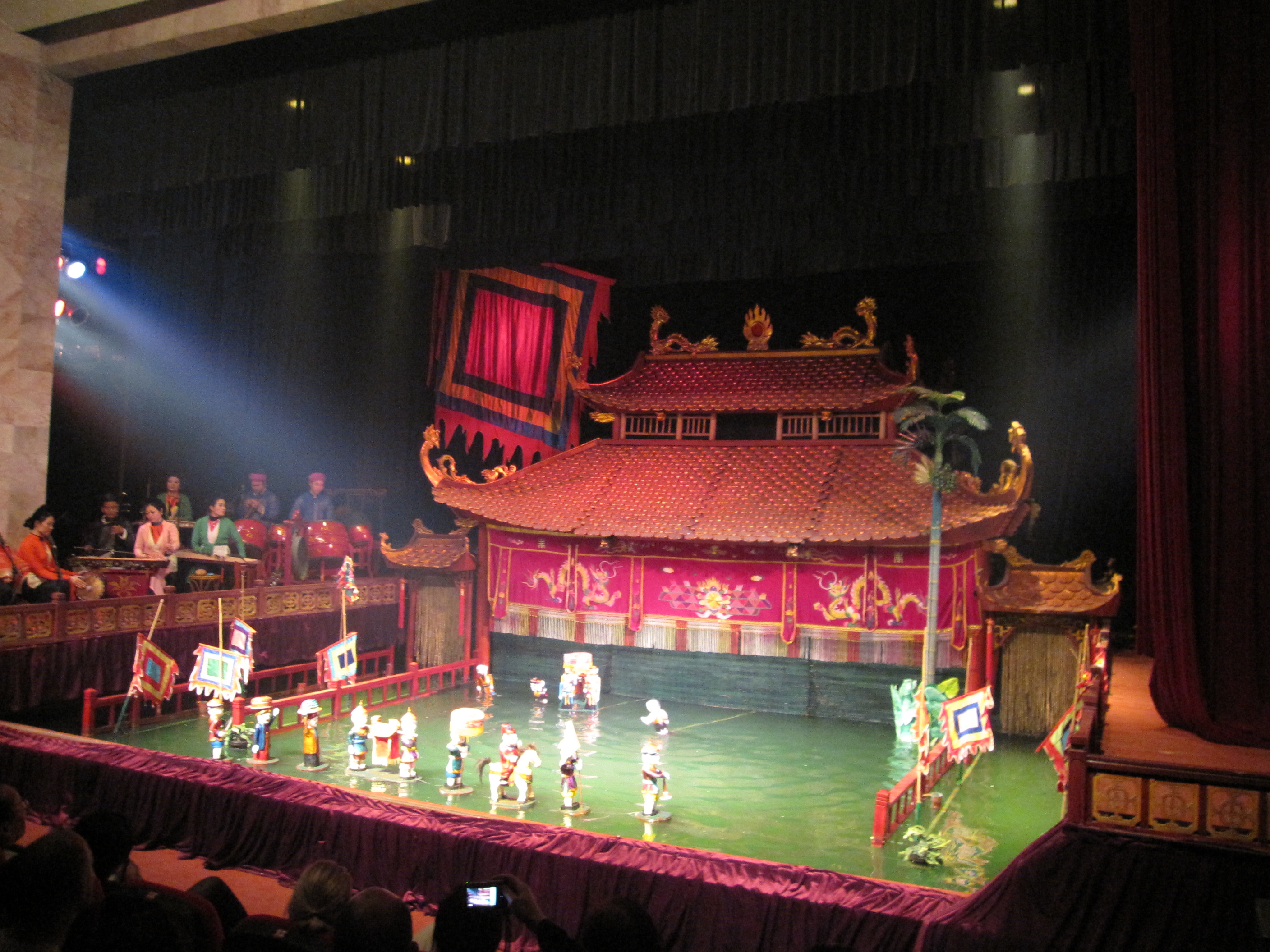Two cheers for Amtrak, which celebrated its 42nd anniversary on May 1. The nation's only intercity passenger rail service, derided by its critics and begrudged funding by Congress, is providing improved service and reliability.
But this service is lopsided, favoring the Northeast Corridor — the electrified route from Washington to Boston. Here, you have a choice of two levels of service. The premier level is the Acela Express, a Swedish import. Reaching speeds of 150 mph, the Acela trains compensate for tight curves with sophisticated tilting technology. The second level is the Northeast Regional with traditional trains running up to 125 mph, but mostly traveling much slower and with frequent stops. In both levels of service, the trains seem to be clean and well-maintained.
The two principal Northeast stations, Penn Station in New York and Union Station in Washington, are a different story. They are both horrific in their own way, and both are maintained by Amtrak.
Penn Station has a lot of low-grade retailing that seems to attract people who have no plan to ride the train and add to the sense of urban threat.
Union Station is less threatening, but it seems to have given itself over to chain retailing. The grandeur of this architectural masterpiece has been undermined by a proliferation of chain stores. Passenger accommodation is an afterthought: The restrooms are inadequate and too few, seating is scarce and often shabby, and passengers stand in long lines waiting to board their trains. This gives the feeling that the trains are as bad as the stations; they are not.
Outside of the prized Northeast Corridor, Amtrak shows decades of underinvestment. It tries to deliver rail service across 46 states. Correspondents tell me that this is often inadequate and is a last resort. I've been told horror stories about delays in Florida and the Midwest and breakdowns in California. One has to think seriously about whether one wants to take a long-haul train, even a sleeper, outside of the Northeast Corridor.
Amtrak came into being 42 years ago because passenger rail service from commercial railroads had collapsed and Congress felt that the United States couldn't be without passenger rail service. In those days, it was thought that Amtrak would serve those who couldn't afford to fly and those who simply didn't like flying. Amtrak wasn't set up as a government department but rather as a business, although it was understood that government funding would be necessary.
So began a long struggle; ostensibly over money, but more so over ideology. Conservatives in Congress have never liked Amtrak, and have believed that it should either perish or survive without government funding. Amtrak initiated relentless mallification of its station properties and predatory pricing in the Northeast Corridor, euphemistically called revenue management. Here Amtrak, like the airlines, charges what the traffic will bear. The Acela between Washington and New York and between New York and Boston is fast, elegant transportation for those who can afford it. The Northeast Regional uses the same revenue-management pricing, but charges somewhat less for slower rail service.
By means of its commercial struggling, Amtrak says it is able to cover 88 percent of its costs from revenue. The government subsidy amounts to $1.3 billion — $443 million for operations and $705 million for capital improvement. The total Amtrak budget is around $4 billion. By comparison, the much-admired European rail systems, with their sleek trains that run at 220 mph, have huge subsidies amounting to about 50 percent of the ticket price. In that sense, Amtrak may be a model performer.
As a passenger, someone who is infused with a sublime sense of well-being when a train pulls out of a station, I'm glad to report that despite its limitations, its chaotic terminals, its gotcha pricing, Amtrak has rolled into middle age, proving that rail transportation is still the most civilized way to travel and should have a bright future. Will Congress get smart and take the train? — For the Hearst-New York Times Syndicate
